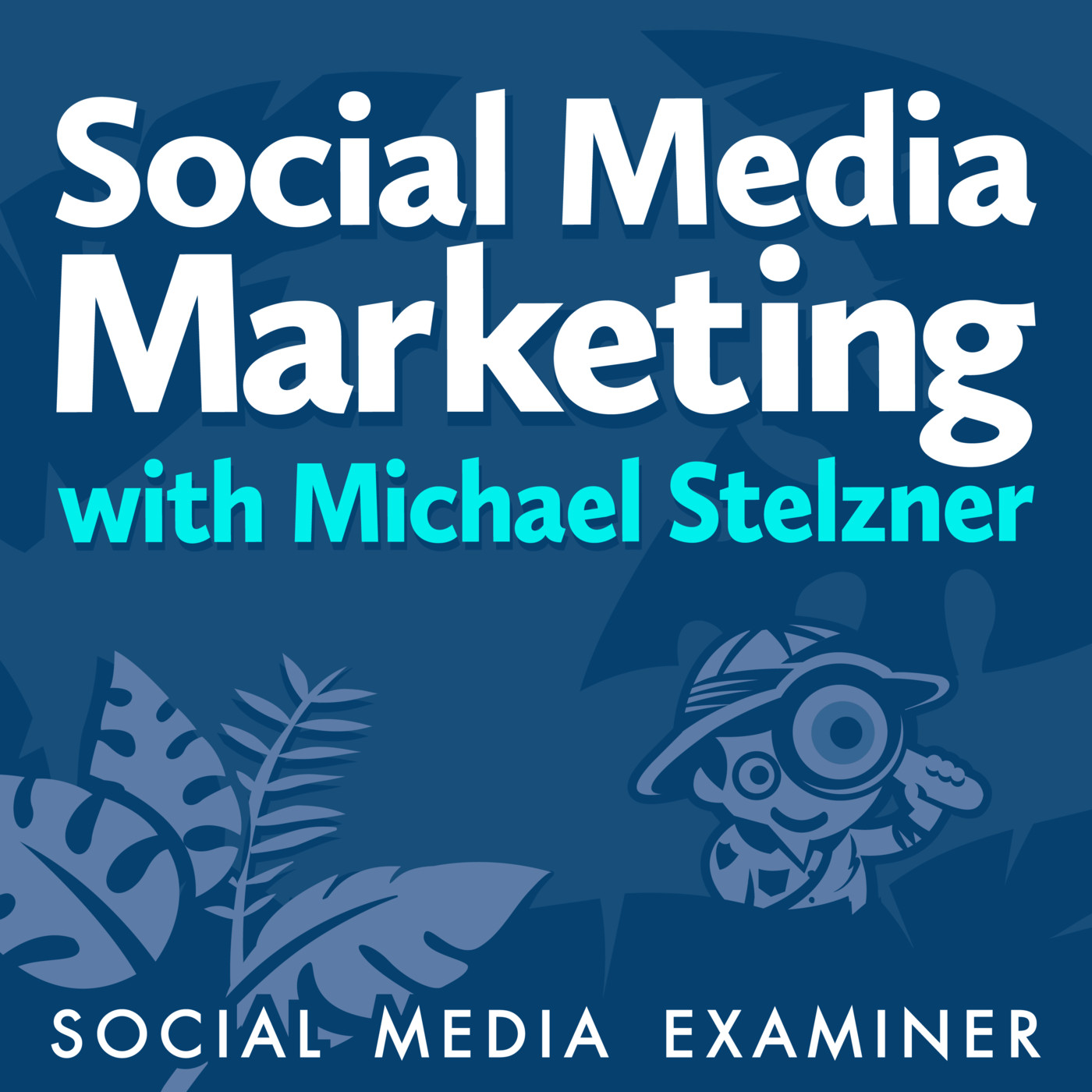
Facebook Content Strategy 2025: What's Actually Working Right Now

Social Media Marketing Podcast
Deep Dive
Why should businesses still focus on Facebook despite the rise of other platforms like TikTok and Instagram?
Facebook remains the largest social network globally with over 3 billion monthly active users. Additionally, the algorithm has shifted to be more interest-based rather than friend-based, allowing organic content to reach a broader audience, including non-followers. This creates opportunities for content to go viral without relying solely on follower count.
What is the significance of Facebook's AI-powered discovery engine for marketers?
Facebook's AI-powered discovery engine shows up to 50% of content from unconnected sources, meaning content from people or businesses users don't follow. This levels the playing field, allowing even small accounts with minimal followers to achieve viral reach, making it a cost-effective way to test creative content before investing in ads.
What types of content are most effective on Facebook in 2025?
Short-form vertical videos (up to 90 seconds), image posts featuring real people, and color-background text posts are highly effective. Stories and live streaming, especially for businesses like arts and crafts or cooking, are also gaining traction. Content should focus on humanizing the brand and avoiding over-reliance on AI-generated material.
How has Facebook's algorithm changed to benefit organic content?
The algorithm now prioritizes interest-based content over friend-based content, inspired by TikTok's model. This means users see more recommended and suggested content, even from accounts they don't follow. This shift has increased time spent on the platform by 8% and provides equal opportunities for content to go viral, regardless of follower count.
What is Facebook's professional mode, and why is it beneficial for creators?
Professional mode is a feature for personal profiles that allows creators to access metrics, schedule posts, and use a boost button for content. It’s designed for entrepreneurs and solo professionals who may not use business pages, offering tools similar to a business page while maintaining personal profile functionality.
How does Facebook's new unified 'views' metric impact content analytics?
The unified 'views' metric replaces impressions and counts any content (images, videos, stories) as a view if it appears on a user's screen for even one millisecond. This can inflate view counts, making it essential for marketers to focus on retention graphs and actual engagement rather than just view numbers.
What role does AI play in Facebook's content and advertising strategies?
Meta AI is integrated across Facebook, offering features like comment summaries, AI-generated images, and enhanced ad copywriting. It also powers the Advantage Plus audience tool, which expands ad reach beyond specified targets. However, concerns remain about privacy and the use of user data to train AI models like Llama.
What are the key differences between Facebook and Instagram Reels?
While Facebook has improved its Reels feature set, it still lags behind Instagram, which was designed as a mobile-first platform. Facebook Reels are less advanced in terms of editing tools and features, but they still offer significant reach potential, especially with the AI-powered discovery engine.
How can businesses optimize their Facebook content for better engagement?
Businesses should focus on creating short-form videos, using real people in image posts, and experimenting with color-background text posts. Content should be educational, inspirational, and humanizing, avoiding over-promotion. Leveraging stories and live streaming can also boost engagement, especially for interactive or instructional content.
What are the privacy concerns surrounding Meta's use of AI?
Meta uses publicly shared content to train its AI models, including Llama, and there are concerns about the use of private messages and DMs. While users in the EU can opt out, the process is convoluted, and it’s unclear if Meta fully respects these requests. This raises questions about data privacy and the ethical use of user-generated content.
Shownotes Transcript
Are you struggling to get your content seen on Facebook? Wondering how Meta's algorithm has changed? To learn the content formats, posting strategies, and engagement techniques that are driving organic reach on Facebook today, I interview Mari Smith.
Guest:** **Mari Smith) | Show Notes: socialmediaexaminer.com/647)
Review our show) on Apple Podcasts.
See Privacy Policy at https://art19.com/privacy) and California Privacy Notice at https://art19.com/privacy#do-not-sell-my-info).